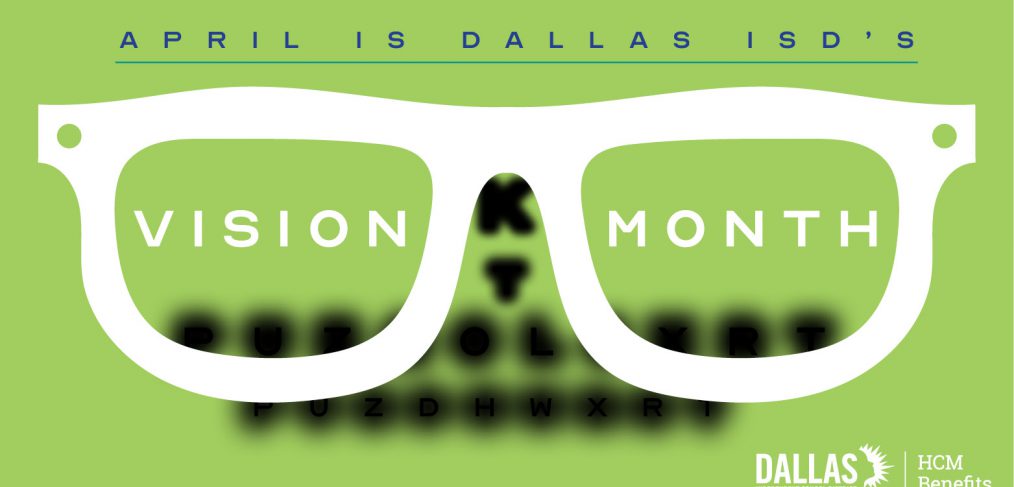
Check them out
Getting your eyes checked regularly is always a good idea, but annual checkups are not necessary for everyone. Simple home-based evaluations can help you determine if a visit to the ophthalmologist is in order. You will need a few things to get started:
- Something to cover the eye, like a paper cup or facial tissue
- Scissors
- Tape or tack to hang a test chart on the wall
- A pencil or pen to record the results
- A yardstick, tape measure, or ruler
- A flashlight
- A well-lit room at least 10 feet long for the testing area
- A testing chart
How to do the test*
- Tape or pin the chart on the bare wall, level with the eyes of the person you will test as he or she sits in the chair. Make sure the chart is level with his or her eyes.
- Sit or have your child sit in the chair 10 feet from where the chart is taped to the wall, holding the cover over one eye without applying any pressure. A second person may be needed to hold the cover in place and watch for peeking if it’s a child. If you wear glasses, wear them during the test.
- Shine the flashlight on each line of the chart, while the person you are testing reads the letters out loud. Continue to the bottom row or until the letters are too difficult for the person to see.
- Write down the number of the smallest line seen correctly (the line with more than half of the letters correctly identified).
- Now repeat the test with the other eye covered and record the results
Score the test
A child should be able to see the 20/40 line by age 3 or 4 and the 20/30 line by age 5. An older child or an adult should be reading the 20/20 line If you test your child several times on different days and your child cannot see the expected line of print or cannot see the same line with each eye, it might be time for an appointment with an ophthalmologist.
Record the results of your home screening by filling in the number of the smallest line the person could read for each line as shown below.
| right eye | left eye | |
| Home Visual Acuity Screening | 20/___ | 20/___ |
Remember, home vision tests are no substitutes for an exam by an eye care provider. Having an Ophthalmologist perform a comprehensive eye exam is may detect underlying health issues elsewhere in your body in addition to determining need for corrective lenses.
*All home eye testing procedures are from AAO.com (American Academy of Ophthalmology)



